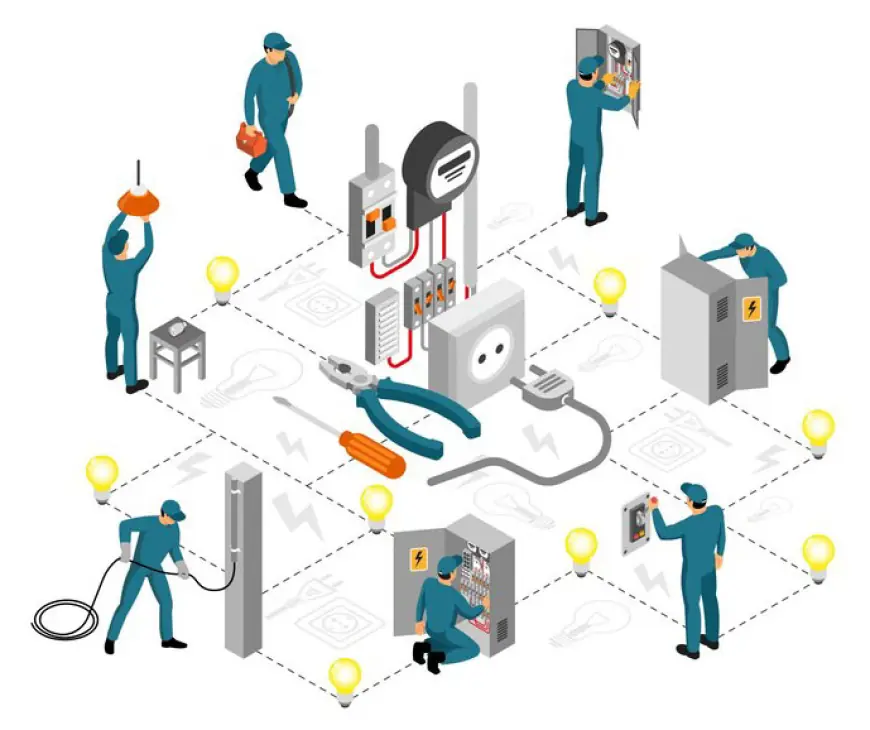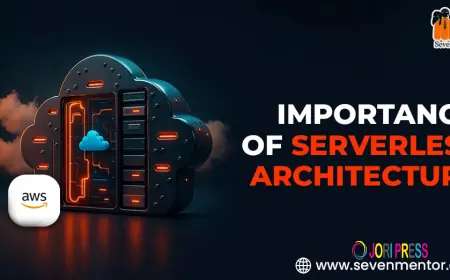Integrated Substation Solutions in Australia—Secondary Design, Relay & HV Testing Combined
The integration of secondary substation design, relay testing and commissioning, and HV testing and commissioning has become essential for delivering safe, efficient, and future-ready power systems.
Modern society depends on the seamless flow of electricity. From powering households and industries to supporting hospitals, data centers, and public transport systems, electricity is the backbone of Australia’s economy and lifestyle. Ensuring this reliability requires more than just transmission lines—it demands carefully designed substations, well-tested protection systems, and fully commissioned high-voltage (HV) equipment.
In Australia, the integration of secondary substation design, relay testing and commissioning, and HV testing and commissioning has become essential for delivering safe, efficient, and future-ready power systems. When these solutions are combined, they transform engineering blueprints into resilient energy infrastructure that meets the nation’s growing demands.
The Importance of Integrated Substation Solutions
A substation is far more than a collection of transformers and switchgear. It is a complex hub where electricity is stepped down, controlled, and distributed safely. Integrated substation solutions ensure that every element—from design to testing—works together harmoniously.
Some of the key benefits include:
-
Enhanced Safety – Proper design and testing safeguard equipment, personnel, and the public.
-
Improved Reliability – Minimises outages by ensuring systems operate as intended.
-
Cost Efficiency – Reduces downtime, avoids premature equipment failure, and ensures optimal use of resources.
-
Future Scalability – Supports renewable energy integration and smart grid expansion.
By combining design, relay testing, and HV commissioning, utilities and industries can achieve end-to-end solutions rather than piecemeal approaches.
Secondary Substation Design in Australia
A well-designed substation is the foundation of reliable energy distribution. Secondary substation design in Australia focuses on converting high-voltage electricity from transmission networks into usable levels for consumers, typically medium- and low-voltage systems.
Key aspects of secondary substation design include:
-
Transformer Selection – Choosing efficient units capable of handling present and future load demands.
-
Switchgear & Circuit Breakers – Ensuring reliable fault protection and system control.
-
Protection Schemes – Designing robust relay coordination for quick fault isolation.
-
Compliance & Safety – Meeting strict Australian electrical standards and safety codes.
-
Scalability – Allowing for expansion as energy demand or renewable integration increases.
Without a strong design framework, testing and commissioning cannot deliver the intended results.
Relay Testing & Commissioning in Australia
Protective relays are critical to substation safety. They act as the nervous system, detecting faults and commanding circuit breakers to isolate problem areas. However, their effectiveness depends on thorough relay testing and commissioning in Australia.
Relay testing includes:
-
Functional Testing – Verifying that relays respond to simulated faults.
-
Secondary Injection Testing – Using test currents and voltages to validate relay operation.
-
End-to-End Testing – Ensuring coordination across different relays and protective devices.
Commissioning ensures that relays are not just operational but fully integrated into the broader substation system. This prevents cascading failures and enhances reliability across the network.
HV Testing & Commissioning in Australia
High-voltage equipment such as transformers, cables, and switchgear must undergo rigorous testing before being energised. HV testing and commissioning in Australia validates that equipment can withstand operational and fault conditions, guaranteeing long-term performance.
Common HV tests include:
-
Insulation Resistance Tests – Assessing insulation health to prevent breakdowns.
-
Hi-Pot (High Potential) Tests – Applying high voltage to detect weaknesses in insulation.
-
Partial Discharge Tests – Identifying minor defects that could escalate into failures.
-
Circuit Breaker Testing – Verifying switching reliability under load and fault conditions.
These steps ensure Australia’s substations can operate safely even under extreme conditions, protecting both assets and end-users.
Why Integration Matters
When secondary substation design, relay testing, and HV commissioning are carried out in isolation, gaps can occur that compromise performance. Integrated solutions eliminate these risks by ensuring continuity from planning to energisation.
Benefits of integration include:
-
Seamless System Performance – Every component works as part of a coordinated network.
-
Reduced Project Timelines – Streamlined processes avoid duplication of effort.
-
Better Risk Management – Early detection of issues prevents costly rework or downtime.
-
Optimised Investment – Ensures maximum returns on infrastructure spending.
For Australia’s growing energy sector, where both urban and remote regions depend on reliable power, such integration is invaluable.
Challenges in Delivering Integrated Substation Solutions
Like any large-scale infrastructure effort, integrated solutions face challenges:
-
Aging Infrastructure – Modernising old substations while maintaining service continuity.
-
Geographic Complexity – Serving vast rural areas and remote mining regions.
-
Renewable Integration – Adapting substations to variable solar and wind generation.
-
Budget Pressures – Balancing cost efficiency with uncompromising safety and reliability.
Addressing these challenges requires skilled engineering teams, cutting-edge technology, and adherence to Australian safety standards.
The Future of Substation Solutions in Australia
Australia’s energy sector is moving towards smart grids and renewable integration, and substation solutions are evolving alongside. Future trends include:
-
Smart Substations – Equipped with IoT sensors for real-time monitoring.
-
Digital Relays – Allowing faster and more accurate fault detection.
-
Predictive Maintenance – Using data analytics to forecast failures before they occur.
-
Sustainable Designs – Minimising environmental impact through eco-friendly practices.
By embracing these innovations, integrated substation solutions will continue to support Australia’s transition to a greener and more resilient energy future.
Conclusion
Integrated substation solutions in Australia, combining secondary substation design, relay testing and commissioning, and HV testing and commissioning, form the cornerstone of a safe, reliable, and future-ready power grid. By approaching substation development as a holistic process, industries and utilities can ensure compliance, efficiency, and long-term sustainability.
As Australia embraces renewable energy and smarter technologies, integrated substation solutions will remain critical for powering communities, industries, and the nation’s economic growth—safely and reliably.

What's Your Reaction?
 Like
0
Like
0
 Dislike
0
Dislike
0
 Love
0
Love
0
 Funny
0
Funny
0
 Angry
0
Angry
0
 Sad
0
Sad
0
 Wow
0
Wow
0

















































